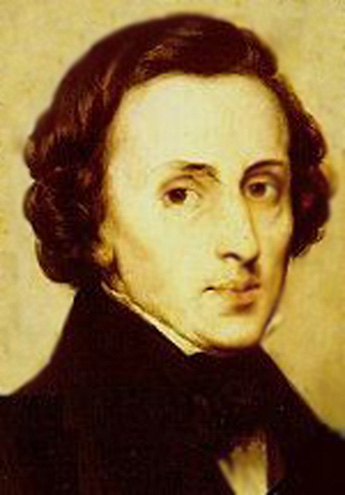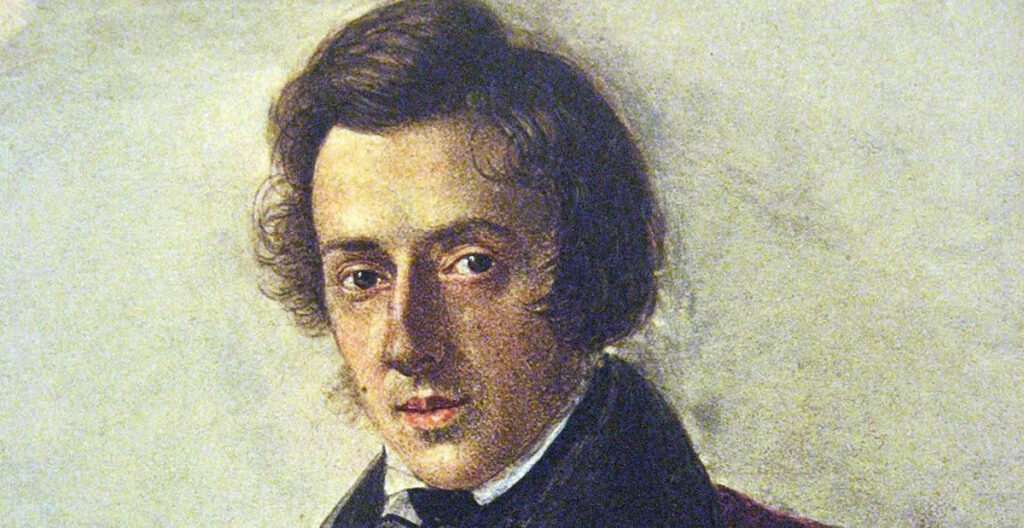Frédéric Chopin (1810–1849) was one of the most influential composers and pianists of the Romantic era, renowned for his deeply expressive and technically refined piano compositions. Among his many celebrated works, Grande Valse Brillante in E-flat major, Op. 18, stands out as a dazzling example of his mastery in the waltz form.
Composition and Background
Composed in 1833 and published in 1834, Grande Valse Brillante was Chopin’s first waltz to be published and was dedicated to Laura Horsford, a young Englishwoman from a noble family. Though Chopin had written earlier waltzes, this was the first he deemed suitable for publication. The title Grande Valse Brillante was not assigned by Chopin himself but rather by his publisher to emphasize its virtuosic and grand character.
During this period, Chopin was living in Paris, where he had firmly established himself as a composer and performer. The waltz form, originally rooted in Austrian and German folk traditions, had become a fashionable dance in European salons, and Chopin’s contributions to the genre elevated it beyond mere dance music, transforming it into a refined, concert-worthy form.
Musical Characteristics
Unlike the traditional Viennese waltz, which was primarily dance-oriented, Grande Valse Brillante is more suited for the concert hall than the ballroom. The piece is characterized by its brilliant and lively themes, dynamic contrasts, and sparkling ornamentation. It follows a typical waltz rhythm (3/4 time) but is structured as a series of contrasting sections, each introducing new melodic material, which gives it an improvisatory feel.
The piece begins with a bright and energetic theme, quickly establishing its effervescent and playful nature. Chopin’s use of rubato—subtle variations in tempo—adds expressiveness and individuality to each performance. The waltz features delicate trills, cascading arpeggios, and rapid figurations, all contributing to its virtuosic brilliance.
Influence and Legacy
Grande Valse Brillante marked the beginning of Chopin’s deep engagement with the waltz form, leading to the creation of several other iconic waltzes, including the famous Minute Waltz (Op. 64, No. 1) and Valse du petit chien. The work also influenced later composers, including Johannes Brahms and Pyotr Ilyich Tchaikovsky, who were inspired by Chopin’s ability to infuse dance forms with rich harmonic and melodic complexity.
The waltz has remained a staple of the piano repertoire, frequently performed by both professional pianists and students alike. It has also been featured in numerous films, ballet performances, and even popular culture, ensuring its continued presence in the musical world.
Conclusion
Grande Valse Brillante exemplifies Chopin’s unparalleled ability to blend technical brilliance with lyrical beauty. As a composition that straddles the line between salon music and concert performance, it showcases the composer’s genius in transforming a simple dance form into a sophisticated and expressive work of art. Nearly two centuries after its composition, it remains one of Chopin’s most beloved waltzes, a testament to his enduring legacy in the world of classical music.


Comments are closed